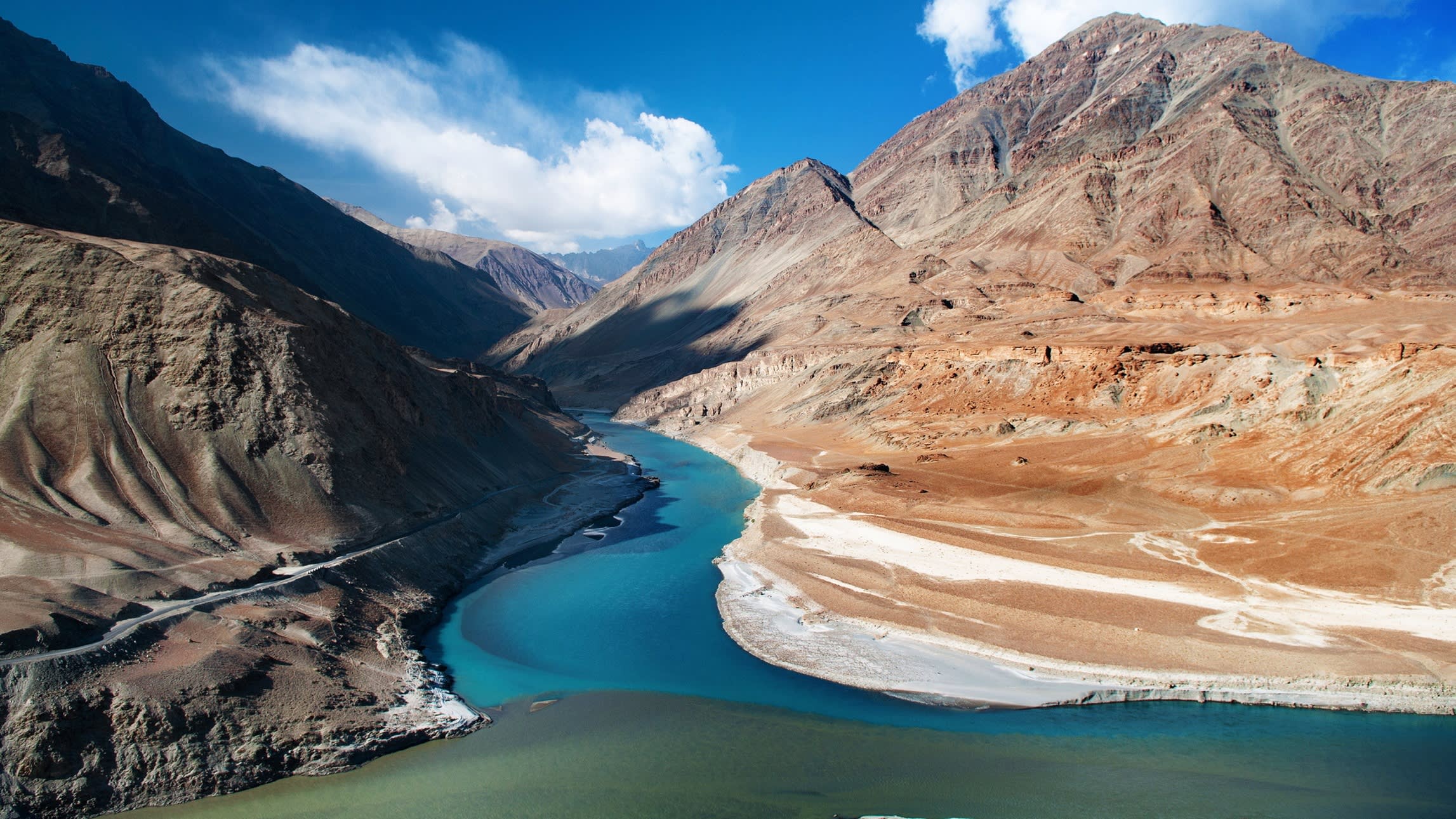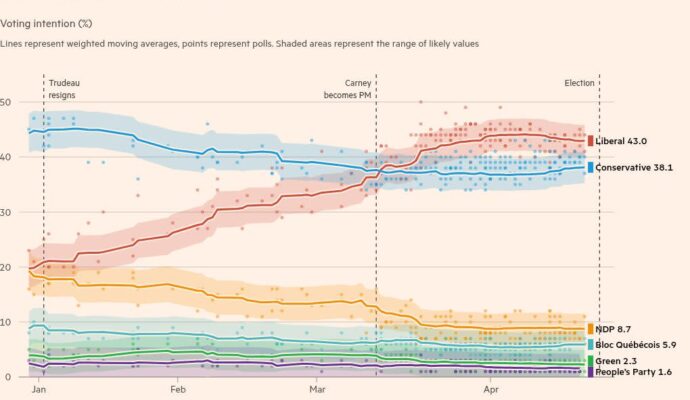
Unlock the Editor’s Digest for free
Roula Khalaf, Editor of the FT, selects her favourite stories in this weekly newsletter.
The writer is professor of history and environmental studies at Yale University, and the author of ‘The Burning Earth’
The Indus Waters Treaty has withstood three wars between its nuclear-armed signatories, India and Pakistan. But last week, in the wake of a brutal terrorist attack in Pahalgam, a town in India-controlled Jammu and Kashmir, India suspended its participation in the treaty for the first time since it was signed in 1960. This decision to undermine the water-sharing agreement (India blames Pakistan for the attack, Islamabad denies any involvement) will imperil rather than promote India’s pursuit of lasting security.
When India was partitioned in 1947, the Indus basin was one of the most heavily engineered environments in the world. Partition severed an intricate irrigation system laid down over half a century. So abrupt was this division that perhaps only fiction could capture the shock. In a short story written at the time, celebrated Pakistani writer Saadat Hasan Manto depicts a village midwife sharing rumours that India was going to “close” the river. Her audience is incredulous. “You talk like a mad woman,” they say: “who can close a river; it’s a river, not a drain.”
Manto’s midwife proved prescient. As conflict erupted in the disputed territory of Kashmir, India — the upstream power — terminated an improvised water-sharing agreement and closed off a key canal in 1948. Pakistan’s water supply ran dry. It took 12 years to reach a formal agreement, brokered by the World Bank. Then, as now, Kashmiri voices had no seat at the table.
The Indus Waters Treaty awarded use of the three eastern rivers — the Ravi, the Sutlej, and the Beas — to India, and of the three western rivers — the Indus itself, the Chenab, and the Jhelum — to Pakistan downstream. Remarkably, the agreement survived the India-Pakistan wars of 1965, 1971, and 1999. India threatened to terminate it in 2016, and again in 2019, following militant attacks in Kashmir.
Many of the treaty’s assumptions have been superseded. Water demand has intensified since 1960. India’s population has more than trebled, and Pakistan’s has grown more than fivefold. The treaty was signed before the water-intensive modernisation of Indian agriculture. Above all, it assumed a long-term stability in river flow that could not have anticipated climate change.
Calls to update the agreement predate the current crisis. The rapid melting of Himalayan glaciers is altering the hydrological cycle. A recent assessment shows that snow persistence in the Hindu Kush Himalayan region is the lowest in 23 years. Scientists project a short-term increase in water flow, with heightened flood risk, followed by a drying of the rivers as annual snowmelt diminishes. This poses a substantial risk to lives on both sides of the border.
In recent years there has been a striking convergence in how India and Pakistan have addressed water-related threats. India’s supreme court ruled last year that the unequal impact of climate change “violates the right to life as well as the right to equality”. Justice Syed Mansoor Ali Shah, currently Pakistan’s chief justice, stated in 2022 that “climate change is perhaps the most serious threat to the fundamental rights of the people in Pakistan”. Equitable access to water is of overriding importance to both countries in ensuring that their citizens live safely and securely.
Pakistan has much to fear from a suspension of the treaty. Agriculture accounts for almost a quarter of GDP, and the country already faces water stress. India does not yet have the infrastructure to divert a substantial volume of water, but construction is under way on projects that could do so. India’s threat to withhold water data would endanger Pakistani farmers’ ability to plan for an increasingly erratic monsoon. The unannounced release of impounded water and silt from Indian dams also comes with hazards — Pakistan is still scarred by the devastating floods of 2022.
Yet unilateral action is not likely to strengthen India’s water security overall. India itself lies downstream from the source of some of its most important eastern rivers, where China, an ally of Pakistan, as well as Nepal and Bhutan, control the upper reaches of waters that hundreds of millions of India’s citizens depend on.
Although India and Pakistan have few reasons to trust each other, with military tensions rapidly escalating at the border, their ecological bonds are more difficult to disavow than their historical ties. It is naive to think that the existential need for water could transcend political conflict. Rather than weaponising water, a renewed focus on jointly managing a vital shared resource might yet broaden how both India and Pakistan think about security in the difficult days ahead.

